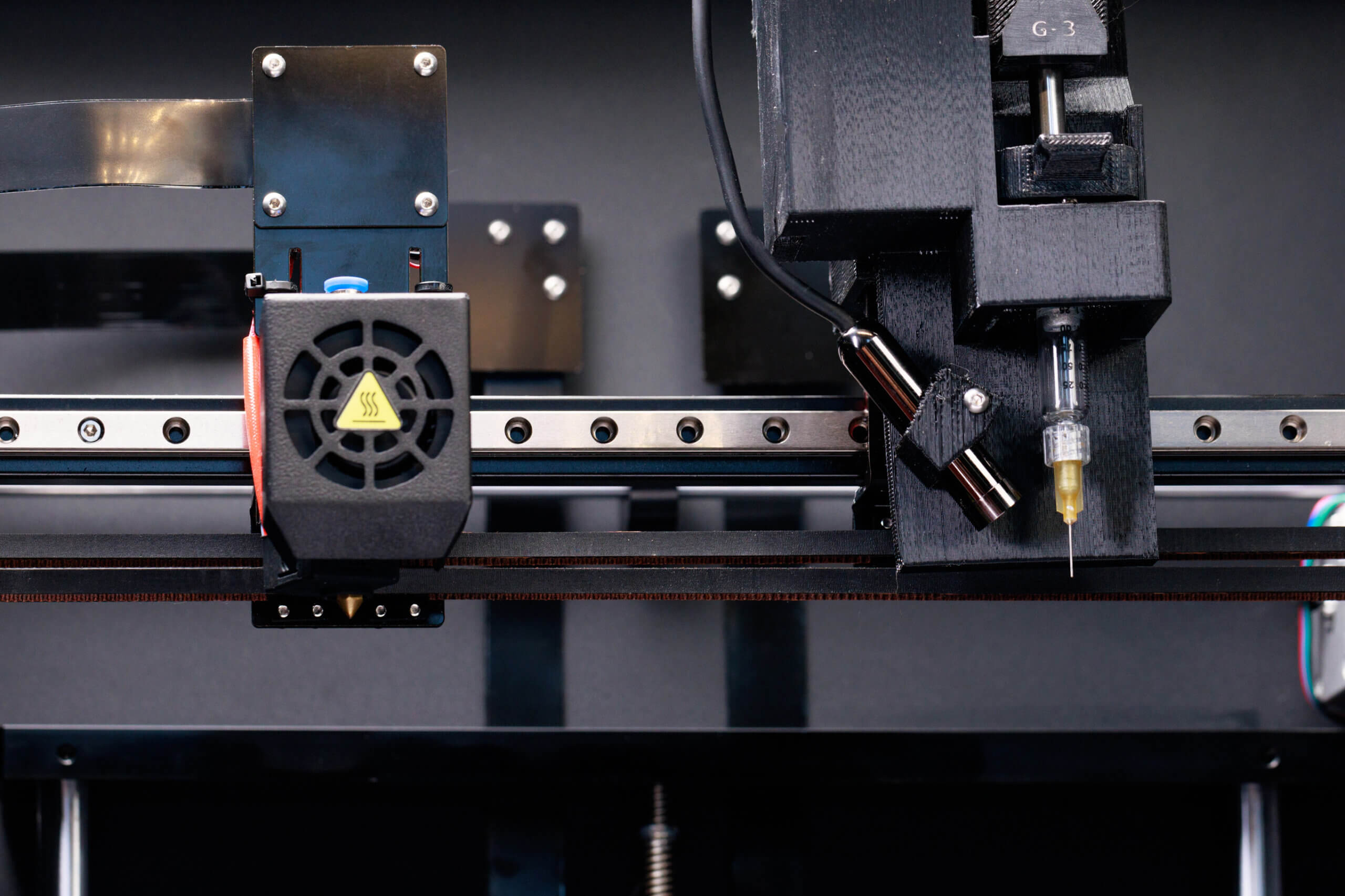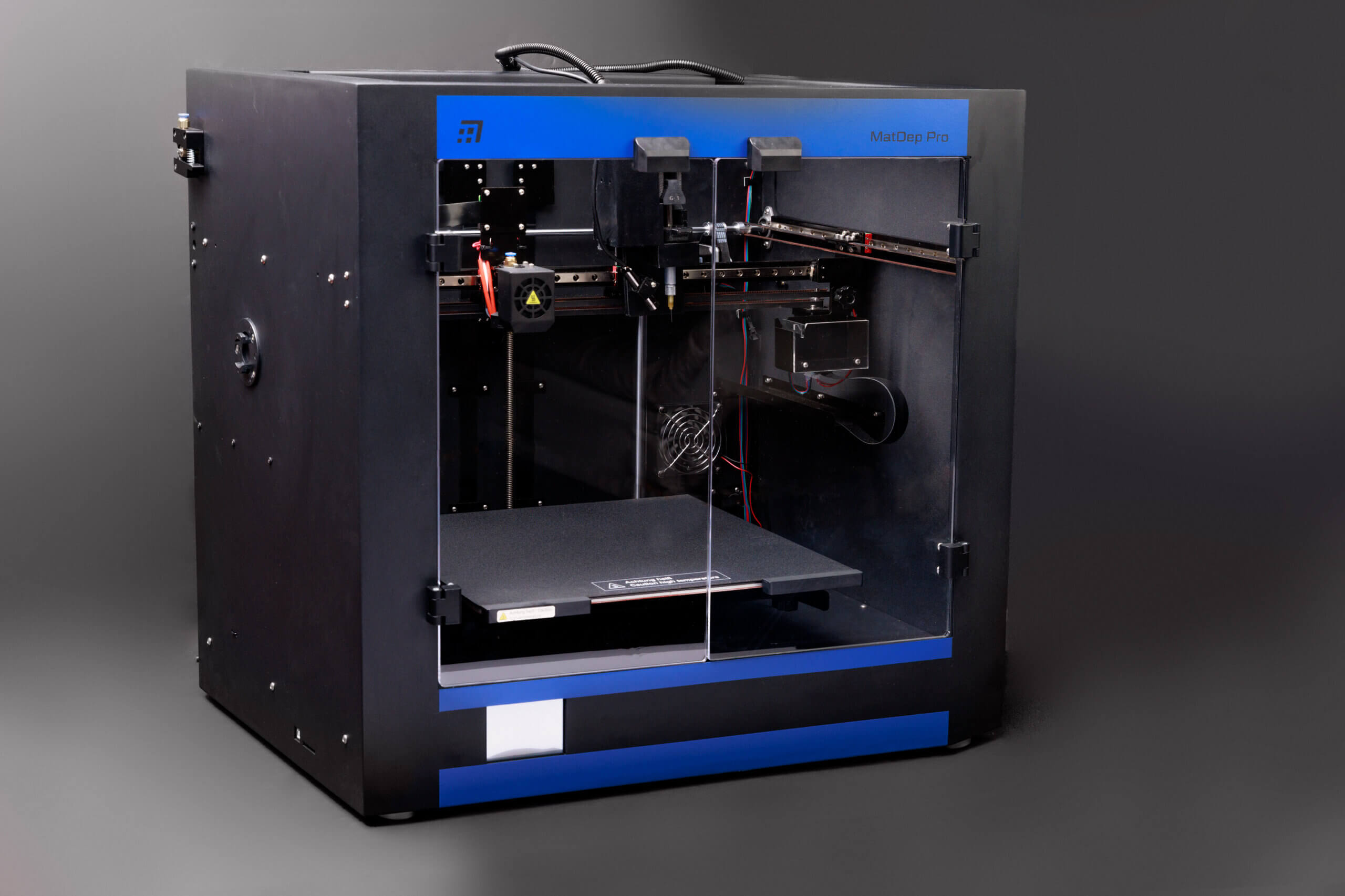Nano3DPrint is right on the front lines of innovation. Our groundbreaking 3D printing rapid prototyping technology is affording new demographics the opportunity to supplement their research and development with a variety of 3D printers that we offer here at Nano3DPrint.
When we speak of new demographics, we are talking about the democratization of inventorship. What does a fancy phrase like that mean to us? It means we have a passion for providing engineers, researchers, professors, and really anyone who has a desire the opportunity to rapid prototype 3D printed objects that are fully functioning electronic devices. We are changing the world of printed electronics, by effectively lowering the barrier of accessibility.
We are also happy to offer our 3D printing services as a 3D printer shop of sorts. If you are searching for “3D printing service cost”, or something to that effect, your search has likely ended. At Nano3DPrint, we provide affordable rates for people not necessarily looking to buy their own 3D printer, but rather would like assistance with 3D rapid prototyping or manufacturing.
When it comes to rapid prototyping, industrial applications, and printed electronics, we have affordable 3D printers which remain on the cutting edge of modern day technology. With our scanning probe extensive nanotechnology 3D printers (model D4200s), educators, engineers, and other people are now equipped with the ability to bring their prototypes to small volume fruition.
Now that you have a better feel of what we are doing as a 3D printer provider, let’s dive into today’s topic. We will be taking a look at some 3D printer factoids which point to the end game of accessibility and affordability. This is an expansive field which intersects with many aspects of our life, from transportation to the very food we consume. Read on if you want to learn more about the democratization of 3D printers and its uses.
The Very First Smartphone 3D Printer
This is not exactly breaking news, but it isn’t old hat yet either. As of March 2016, the first ever smartphone/3D printer hybrid has been developed. They have remarkably taken away two of the most fundamental inhibitors to everyday people being able to utilize 3D printing technology: not being able to understand or operate a 3D printer (which probably constitutes 99% of the population), and the price.
But let’s talk about how it actually works, because this is no small feat. Olo uses photopolymers which ingeniously harden when exposed to the light of the smartphone screen. It can get up to a 42 micron resolution, which is nothing to sniff at, either. It’s made of 7 plastic parts, a chip, and a battery-powered motor. Olo 3D reports that you should be able to get around 100 prints before needing to change out the requisite 4 AA batteries. It’s also worth noting that the Olo is compatible with Apple as well as Android. All you need is the file of the object you would like to print to be uploaded to the Olo application, place the phone beneath the glass of the resin container, and then the light from the smartphone acts as a curing agent to harden the resin! Sometimes, even if you are working with 3D printers on a daily basis, it helps to take a step back and realize how far we have come.
We at Nano3DPrint find this fascinating because the developing company, Olo 3D, has a passion for democratizing the practical function of 3D, in a similar vein to our mission as a 3D printer provider. Although the target market might not be congruent (we prioritize inventorship), the progress that the industry is making, as a whole, is quite encouraging to witness and even more exciting to be a part of.
Family Photos With Your Fetus
No, it’s not a rarely-used tongue twister, it’s an actual thing that is happening. You know those awkward family photo websites and books? They’ve all met their match with this trump card: 3D printing a model with the physical likeness of your unborn baby into a family photo. If you order an Olo, you just might be able to print out a model of your newest family member while you are running errands- just make sure you are connected to wifi. Those data rates can get out of hand in a hurry with certain apps.

3D Printers Are Getting Less Expensive All The Time
With the greater affordability of 3D printers comes public access. We’ve already pointed out multiple examples of this principle, and we count ourselves at Nano3DPrint as one of them. As 3D printing technology develops, we will see more powerful 3D printers come at a more affordable price point. Speaking of which, the future is now! Check out our inventory of 3D printers, based in either 3D Printer Based Infrastructure or a Scanning Probe Based Infrastructure. Not sure what that means? No problem, because we love to help educate and consult with our clients to help best meet their needs.
3D Printers Use A Variety Of Materials
This is a topic which we explored in detail a few months ago, but it’s helpful to be reminded about the breadth of the materials this industry utilizes. Stretching into fields like bio-medicine, materials used for 3D printing include gold, ceramic, silver, titanium, metals, and even biological substances like stem cells. We also covered bio-printing and its progress in a previous post. Be sure to check that one out too! You’ll learn which organs we are currently able to print, and which organs are next.
3D Printing Is Part of An Eco-Friendly Movement
Like most inventions, 3D printers can be tools used for good or evil. While we don’t want to open up an ethical forum on environmental policy, we would like to point out that the refined manufacturing process of 3D printing is, at bare minimum, an improvement in the efficiency of the use of resources. Building an object with a precise amount of resources, and no excess waste, is a fundamental benefit of 3D printing in general. So no matter which side you fall on, efficiency is a self-evident virtue which we can all get behind.
The Final Frontier
Space. Moondust. Moon base. 3D printing. All these things are coming together in a fascinating way. Researchers at Washington State University are developing a 3D printing technique that would utilize moon dust as a 3D printing material. Because moondust is most commonly found on the moon, this development would serve as a practical solution for building permanent structures. Now, the gathering of moondust is a different topic, but if we can print buildings out of it, we are fairly certain we will figure it out.
We sincerely hope that you’ve enjoyed today’s post. If there is one thing you should try to take away from this article, we would recommend it to be the democratization of 3D printers and 3D printed objects. As an active participant in this progress, we at Nano3DPrint have a passion for connecting those who haven’t had access to printable electronics or nanotechnology in the past. Now, with our affordable 3D printers that sacrifice nothing in terms of quality or innovation, we are proud to be a 3D printer shop that connects people with their dreams coming to fruition. Shop our inventory of 3D printers today!




